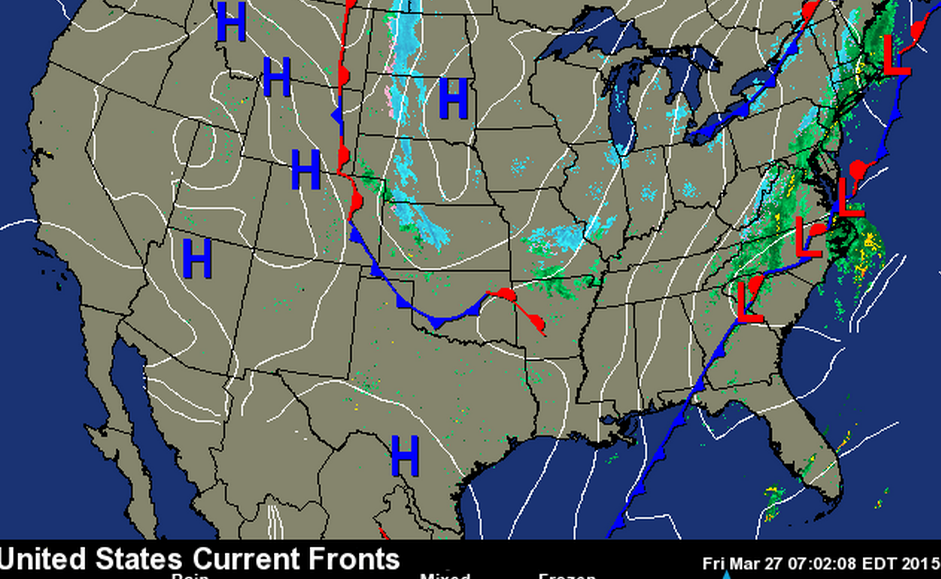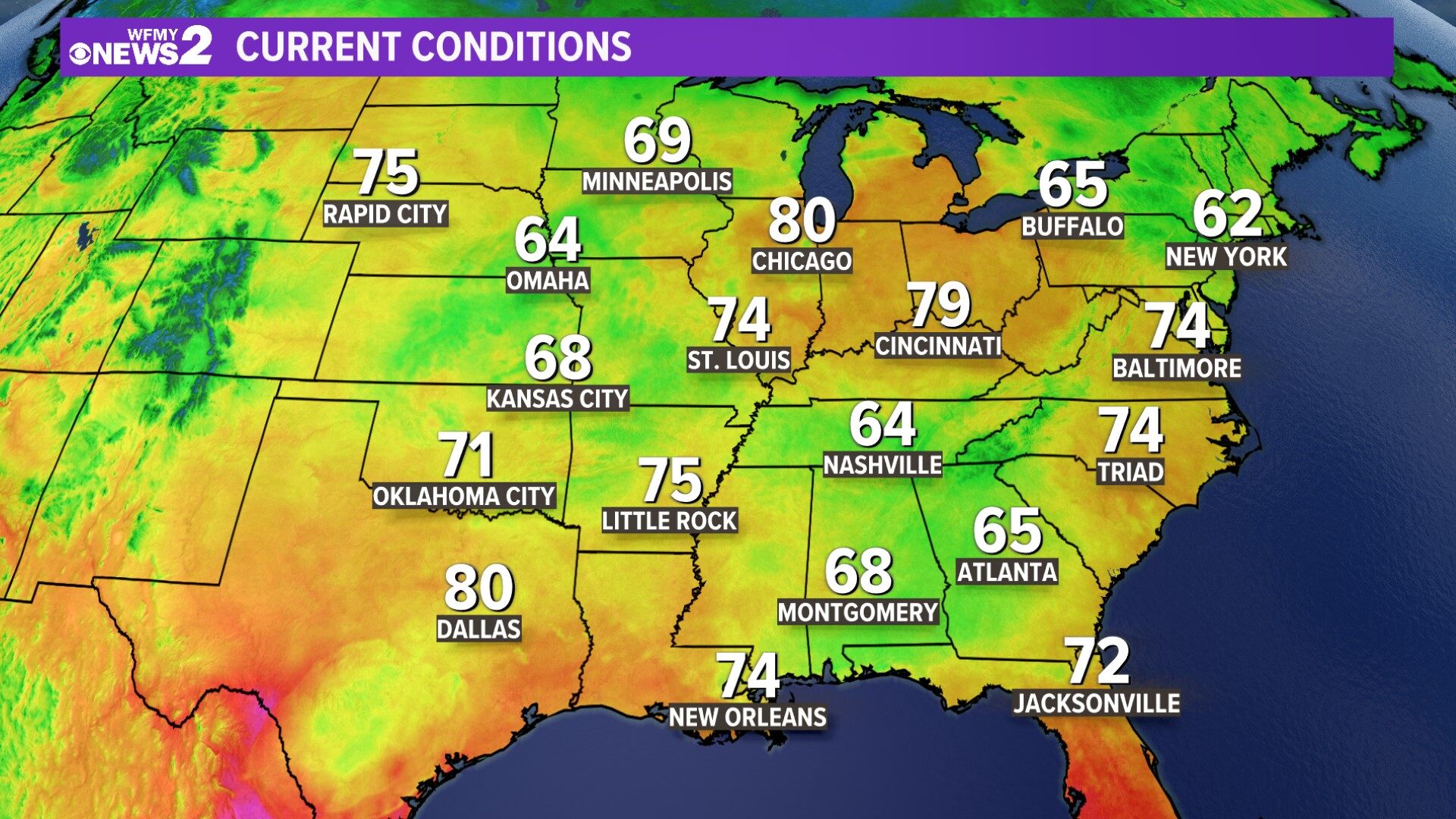

- #Big weather map how to#
- #Big weather map update#
- #Big weather map plus#
The filter on the left allows users to select a specific type of weather event to look at or, for example, only those found to be influenced by climate change. Click on a symbol to reveal more information, including a quote from the original paper to summarise the findings and a link to the online version.

#Big weather map plus#
Use the plus and minus buttons in the top-left corner, or double click anywhere, to zoom in on any part of the world.
#Big weather map how to#
How to use our map of attribution studies.

The colours indicate whether the attribution study found a link to human-caused climate change (red), no link (blue) or was inconclusive (grey). The different symbols show the type of extreme weather for example, a heatwave, flood or drought. The map above shows 504 extreme weather events and trends across the globe for which scientists have carried out attribution studies. The aim is that it serves as a tracker for the evolving field of “extreme event attribution”.
#Big weather map update#
For the 81 drought events studied, it’s 68%.įirst published in July 2017, this article is the fifth annual update (see endnote) to incorporate new studies.
For the 126 rainfall or flooding events studied, 56% found human activity had made the event more likely or more severe. Of the 152 extreme heat events that have been assessed by scientists, 93% found that climate change made the event or trend more likely or more severe. The remaining 20% of events and trends showed no discernible human influence or were inconclusive. 9% of events or trends were made less likely or less severe by climate change, meaning 80% of all events experienced some human impact. 71% of the 504 extreme weather events and trends included in the map were found to be made more likely or more severe by human-caused climate change. To track how the evidence on this fast-moving topic is stacking up, Carbon Brief has mapped – to the best of our knowledge – every extreme-weather attribution study published to date. The result is mounting evidence that human activity is raising the risk of some types of extreme weather, especially those linked to heat. Scientists have published more than 400 peer-reviewed studies looking at weather extremes around the world, from wildfires in the US and heatwaves in India and Pakistan to typhoons in Asia and record-breaking rainfall in the UK. These studies have the power to link the seemingly abstract concept of climate change with personal and tangible experiences of the weather. Known as “extreme event attribution”, the field has gained momentum, not only in the science world, but also in the media and public imagination. In the early 2000s, a new field of climate-science research emerged that began to explore the human fingerprint on extreme weather, such as floods, heatwaves, droughts and storms.







 0 kommentar(er)
0 kommentar(er)
